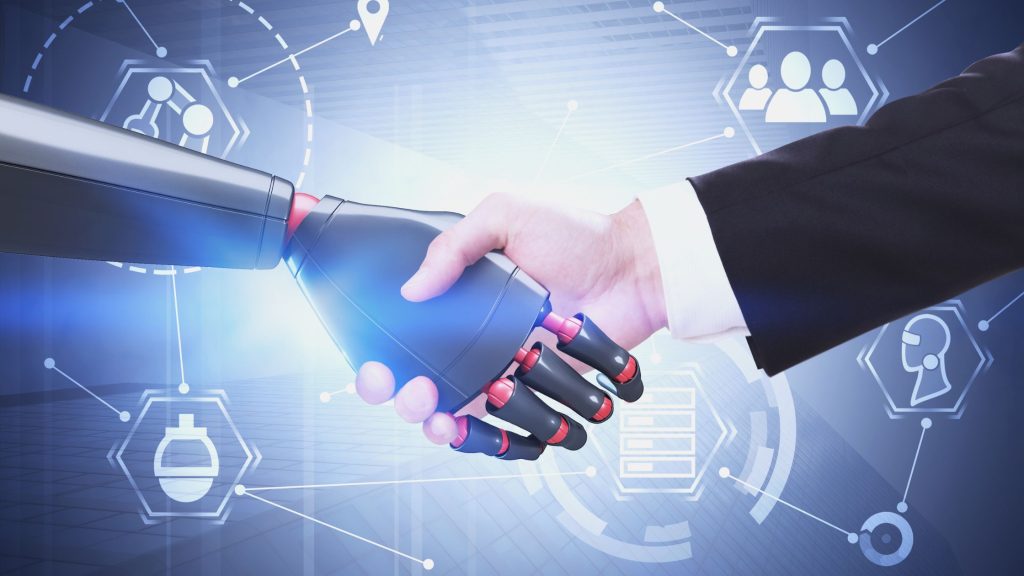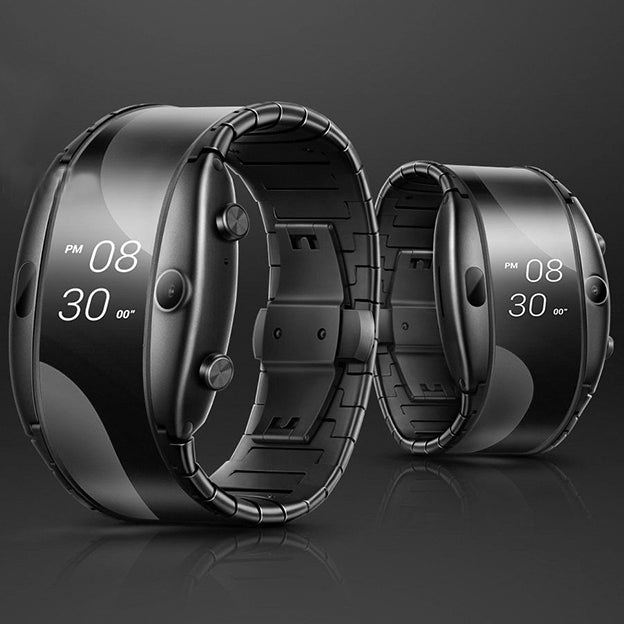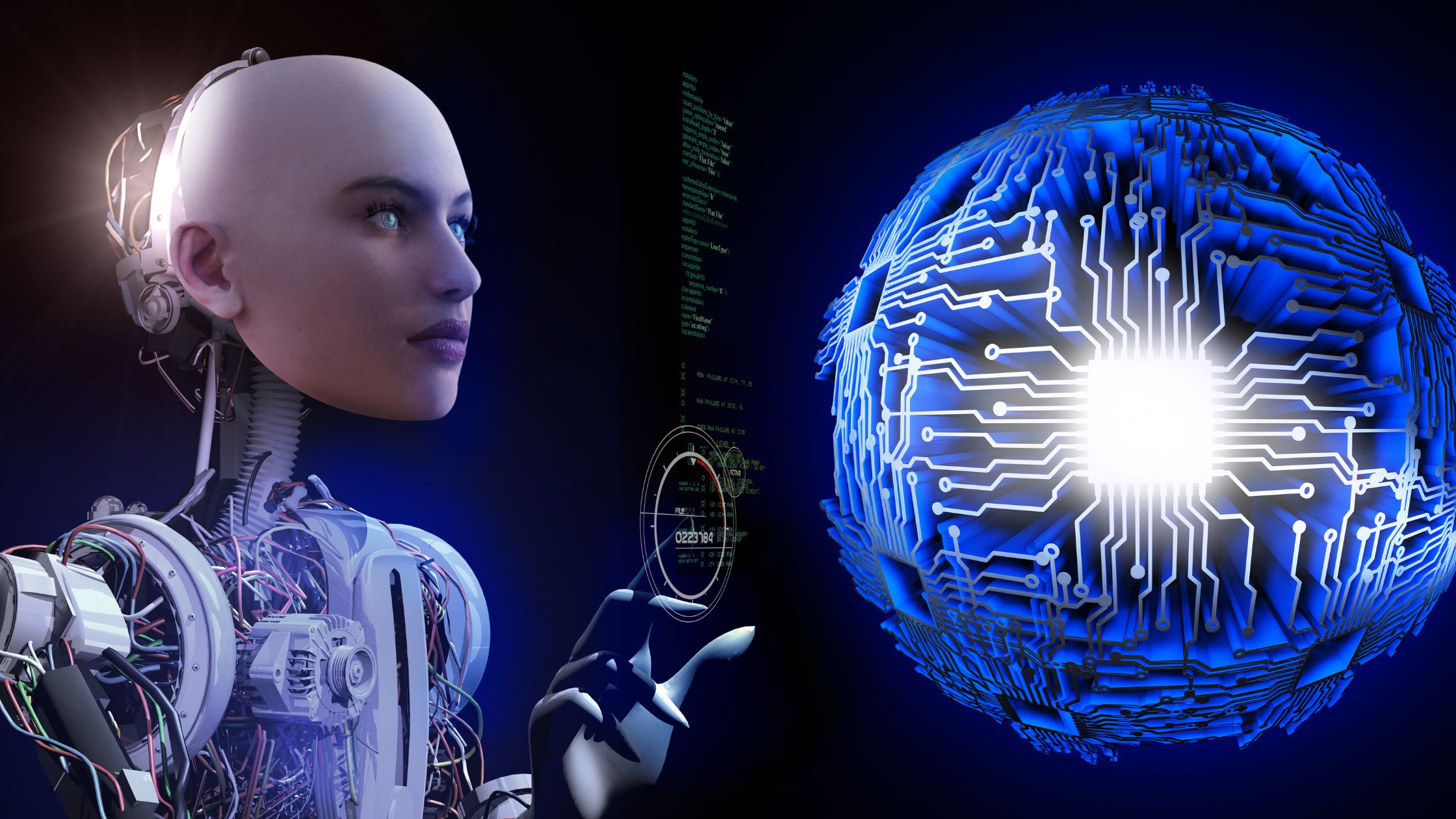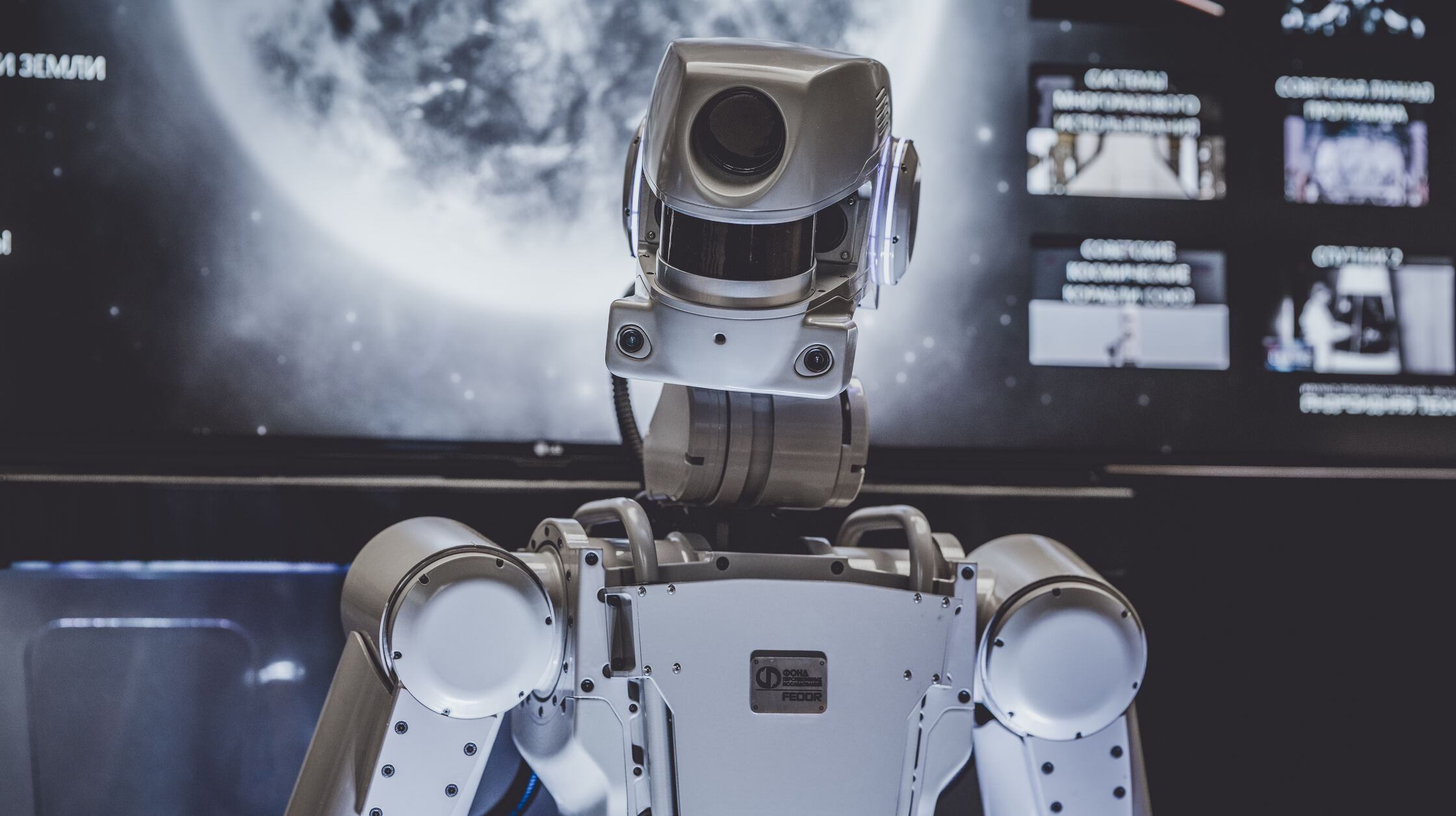The field of robotics is continuously innovating and pushing the boundaries of what is possible. Among these advancements, a groundbreaking development has emerged: the self-healing robot skin. The new technology, spearheaded by Stanford Professor Zhenan Bao and his team, is anticipated to revolutionize robotics and its applications in various fields.

The Inception of Self-Healing Robot Skin
The self-healing synthetic electronic skin, created by Bao and his team, is a multi-layered marvel that imitates the complexities of human skin. This artificial skin can detect thermal, mechanical, or electrical changes around them. It can recognize pressure and heal autonomously when injured. The impressive aspect is the skin’s ability to align and reassemble itself correctly during the healing process, much like human skin.
The Promise of Human-like Sensation
The advent of this new technology opens up an exciting realm of possibilities. It can empower robots to feel like humans, bringing us a step closer to creating humanoid robots that can effectively interact with their environment. Moreover, it paves the way for the development of soft robots that can morph their shape on demand and sense the resulting deformation.
Imagine layers of this synthetic skin, each imbued with different abilities, stacked together. This structure would bring us as close as possible to multidimensional real skin, augmenting the robots’ interaction capabilities with their surroundings.
Earlier Attempts at Robot Skin Technology
While the self-healing synthetic electronic skin represents a significant leap in technology, it’s essential to note that it isn’t the first instance of developing skin for robots. In May 2020, researchers unveiled a new robot skin that provided machines with a semblance of touch.
John Yiannis Aloimonos, a professor with the University of Maryland’s Department of Computer Science, highlighted the importance of this technology. He mentioned that artificial skin “enables robots to perceive their surroundings in much greater detail and with more sensitivity.” According to Aloimonos, this not only improves the robots’ safety but also equips them with the ability to anticipate and actively avoid accidents, particularly when operating in proximity to humans.
The Future of Robotics
With the introduction of self-healing robot skin, we are witnessing the future of robotics unfold. The convergence of robotics and materials science has led to the creation of synthetic skin that can mimic human skin’s capabilities and self-healing properties. These advancements bring us closer to a future where robots can safely and effectively interact with their environment, paving the way for countless applications in various fields. Indeed, the future of robotics is here, and it is undeniably exciting.







